Tags: Lunar surface
NASA Plans To Bring Pressurized Rovers to the Lunar Surface for Artemis VII Moon Mission
Earth’s Quasi-Moon Kamo’oalewa Could Originate From Lunar Surface Not Asteroid Belt [Study]
Japan's SLIM Moon Sniper Wakes Up After Two-Week-Long Cold Lunar Night
China-Manned Space Agency Reveals Name of Crewed Capsule, Lunar Lander For Bringing Astronauts to the Moon

Historic Peregrine Mission to the Moon Sees No Hope of Safe Lunar Landing, Has Less Than 40 Hours Before It Loses Power Entirely

Lunar Anthropocene: Moon Enters New Geological Epoch Brought About By Human Influence, Scientists Suggest
Moon Glass Has Become Harder Due to Billion Years of Radiation Exposure, Study Reveals

Home on the Moon? Here's Why India, Russia, Other Countries Are Aiming For Lunar South Pole
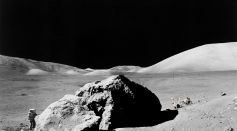
Moon Hypertelescope: Scientists Reveal Plans To Place Giant Telescope Over Lunar Surface

'Man in the Moon' Age? New Analysis Reveals That These Craters Could Be 200 Million Years Older Than Thought
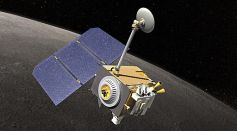
Lunar Reconnaissance Orbiter Which Has Been Providing Views of Moon for 14 Years Is Reaching the End of Its Lifetime

Life on the Moon? NASA Reckons the Possibility of Artemis Astronauts Finding Evidence

Piece of the Moon? Small Kamo'oalewa Asteroid Orbiting Earth Might Be a Lunar Chunk, Study Says
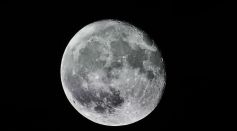
Potential Landing Area for Artemis III Mission: Moon Mountain Named After NASA Computer Programmer, Towering as Tall as North America's Highest Peak
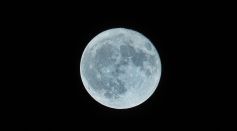
Artemis III Mission To Be First To Target Moon's South Pole
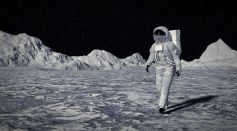
First Woman on the Moon: NASA Presents List of Female Astronauts for Its Artemis Mission

Mysterious 'Gruithuisen Domes' on the Moon Found to Be a Result of Volcanic Activity, Water

Prehistoric Waters from Moon's Volcanic Eruptions Still Frozen Under Lunar Surface, Research Suggests

Colossal Ancient Impact on the Moon's South Pole May Explain Differences Between Lunar's Near and Far Side
Robots to Perform Mining Works on the Moon Being Developed So Astronauts Can Focus on More Crucial Space Mission
Most Popular

Largest Known Volcanic Aquifer Discovered Beneath Oregon's Cascades

New 'Supergiant' Sea Bug Found in South China Sea, Named After Darth Vader

Mediterranean Sea Was Refilled by a Catastrophic Flood Millions of Years Ago

Mysterious Cosmic Waves That Sound Like Birds Detected in Unexpected Space Region





